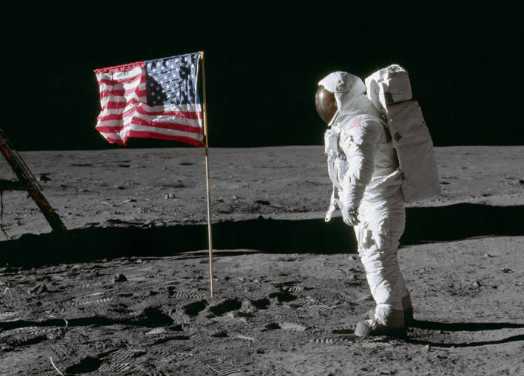 Ushnerluku – Erode
Ushnerluku – Erode
Nuna ushnertuq. – The land is eroding.
Erosion is the gradual wearing away of the earth by natural forces. Over thousands of years, wind, waves, rain, snow, and ice reshape the landscape, carving through soil and bedrock to create new landforms. Kodiak’s complex coastline, with its steep-sided fjords, inlets, straits, estuaries, lagoons, rocky headlands, and scattered islands, is the result of intense erosion.
Erosion is one of the biggest threats to the preservation of Alutiiq history. As erosion shapes Kodiak’s landscape, it also eats away the archaeological sites that document the past. Every year, meandering streams, storm surges, and heavy rains wash away a little more of the debris left by early residents.
For archaeologists, this natural process is both instructive and alarming. Although erosion can reveal the nature and location of buried deposits, it also destroys ancient materials. Erosion can also skew the archaeological record, making it more difficult to interpret. For example, it is difficult to find very old sites in the archipelago. Not only were there fewer people using the land seven thousand years ago, but erosion has had more time to wash away the most ancient traces of Alutiiq settlement.
Beachcombers should remember that collecting artifacts eroded from archaeological sites is illegal without permission of the site’s owner. If you find a site or an artifact, look with your eyes and your camera, not your hands. Leave the object in place and report your find to the landowner or an archaeologist.
Source: Alutiiq Museum [xyz-ihs snippet=”Adsense-responsive”]








